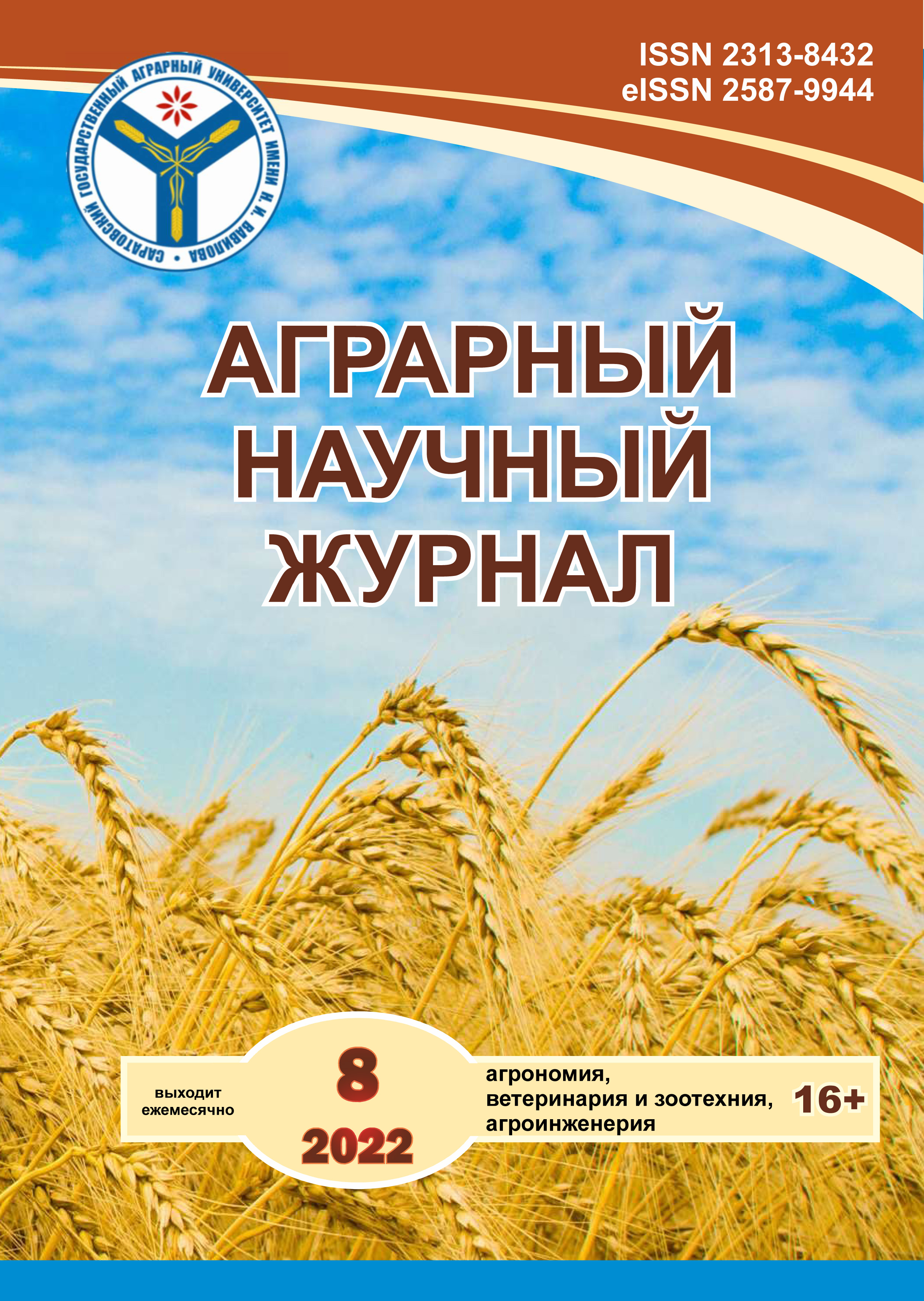Dynamics of the species composition of honey plants on postagrogenic and forest lands
DOI:
https://doi.org/10.28983/asj.y2022i8pp4-7Keywords:
postagrogenic and forest lands, dynamics of species composition, honey plants, honey productivityAbstract
Data on the dynamics of the species composition of resource plants on postagrogenic and forest lands are presented. The object of the study is abandoned arable land and fields, felling with the growth of pine and felling with forest crops. Over the period from 2006 to 2021, the species composition and the projective cover of vegetation have changed. Judging by the value of the coefficient of floristic generality of P. Jaссard, the species on postagrogenic and forest lands in 2006 coincided only by 27%, and 15 years later - by 36%. Thus, as the forest environment is formed on abandoned agricultural lands, the species composition of vegetation on these categories of land is leveled. The honey productivity of plants on postagrogenic lands is generally higher than on forest lands. The purpose of the study is to establish the dynamics and features of overgrowth of post-agrogenic lands with woody vegetation and honey plants.
Downloads
References
Богданова И. Г. Структура медоносного конвейера // Лесное хозяйство. 2010. № 5. С. 34–36.
Затолокин О. А. Пчеловодство. М.: Изд-во АСТ, 2003. 351с.
Итоги Всероссийской сельскохозяйственной переписи 2016 года: Том 3. Земельные ресурсы и их использование / Федеральная служба гос. статистики. М.: ИИЦ «Статистика России», 2018. 308 с.
Ковалев Н. В., Нгуен Тхи Тху Ха, Грязькин А. В., Кочкин А. А. База данных: Медоносные растения Ленинградской области. Свидетельство о государственной регистрации базы данных № 2015621218 от 21.09.2015. Дата опубликования 21.9.2015.
СухановаЛ. В., Котов М. М. Лесные ресурсы пчеловодства // Лесное хозяйство. 2000. № 6. С. 31–32.
Нгуен Тхи Тху Ха, Грязькин А. В., Беляева Н. В. Медоносы Ленинградской области // Научное обозрение. 2013. № 6. С. 18–21.
Клименкова Е.Т., Кушнир Л. Г., Бачило А. И. Медоносы и медосбор. Минск: Ураджай, 1980. 280 с.
Парамонов С. Г. Особенности формирования сосновых молодняков на лесных и нелесных землях: дис. … канд.биол. наук. Санкт-Петербург, 2006. 131 с.
Патент 2084129 Российская Федерация, МКИ С 6 А 01 G 23/00. Способ учета подроста / А. В. Грязькин. № 94022328/13; заял. 10.06.94; опубл. 20.07.97. Бюл. № 20.
Сведения о воспроизводстве лесов и лесоразведении за 2019 год, Росстат. М., 2020 [Электронный ресурс] https://rosstat.gov.ru/search?q=лесовосстановление, (дата обращения: 04.11.2021).
Hive-stored pollen of honey bees: many lines of evidence are consistent with pollen preservation, not nutrient conversion / K. E. Anderson et al. // Mol. Ecol. 2014. Oct 15.
Potential of forest melliferous resources of northwest Russia / A. V. Griazkin et al. // Horticult Int J. 2011. Vol. 2. Is. 6. Р. 390–394.
Jaccard P. Distribution de la flore alpine dans le Bassin des Dranses et dans quelques regions voisines // Bull. Soc. Vaudoise sci. Natur. 1991. Vol. 37. Р. 241–272.
Nygren A., Lacuna-Richman C., Kein?nen K., Alsa L. Ecological, Socio-Cultural, Economic and Political Factors Influ-encing the Contribution of Non-Timber Forest Products to Local Livelihoods: Case Studies from Honduras and the Philippines // Small-scale Forest Economics, Management and Policy. 2006. No. 5(2). P. 249–269.
Downloads
Published
Issue
Section
License
Copyright (c) 2022 The Agrarian Scientific Journal

This work is licensed under a Creative Commons Attribution-NonCommercial 4.0 International License.








